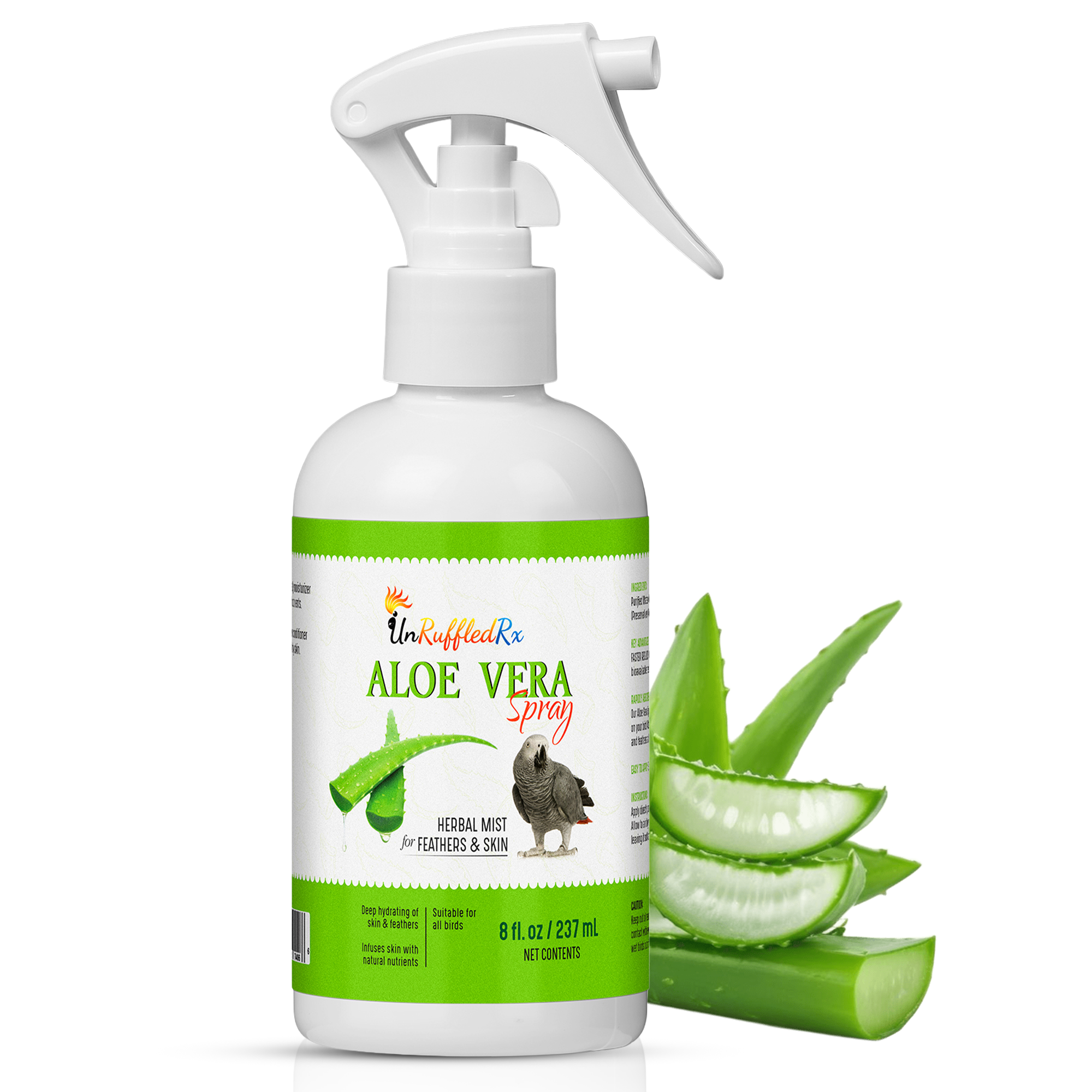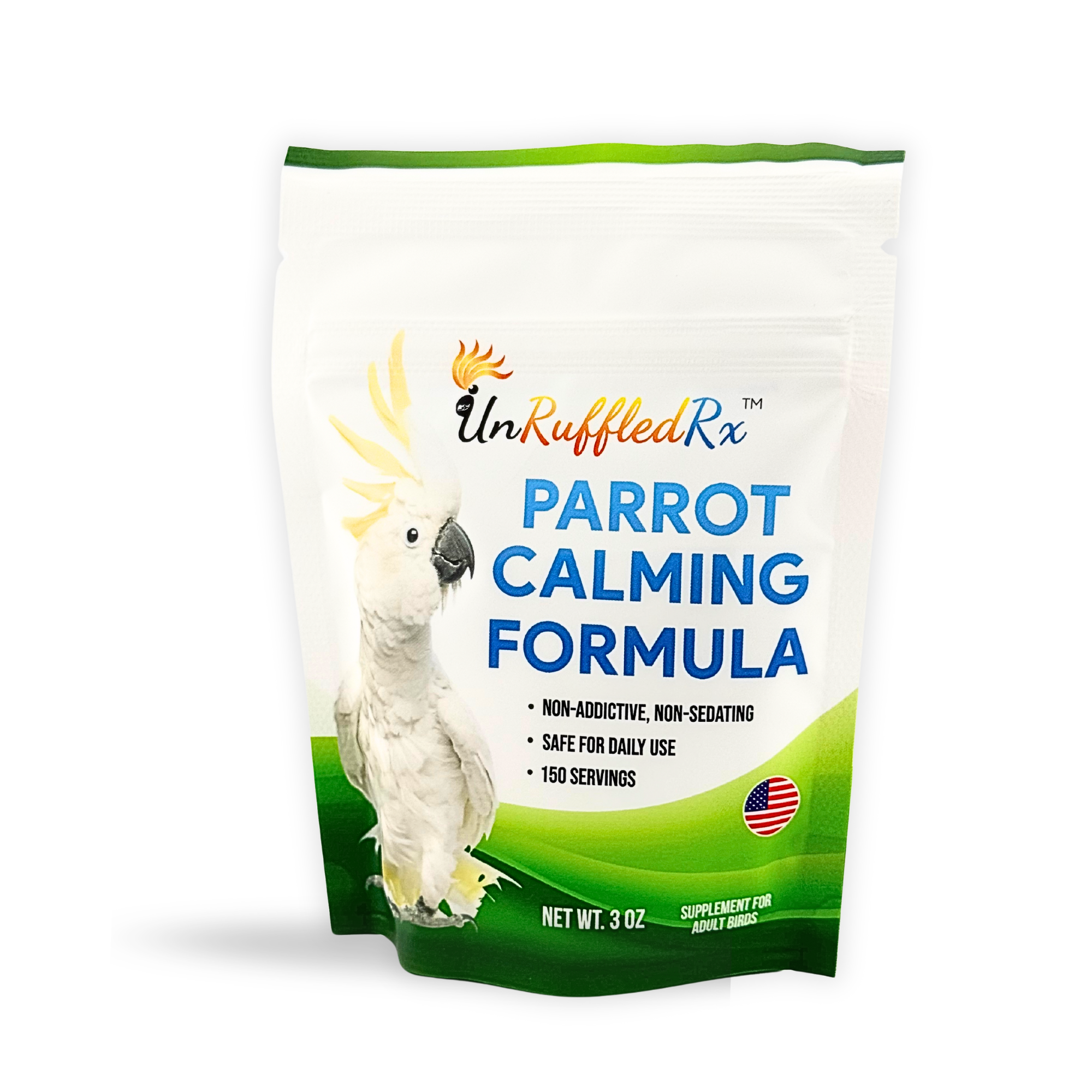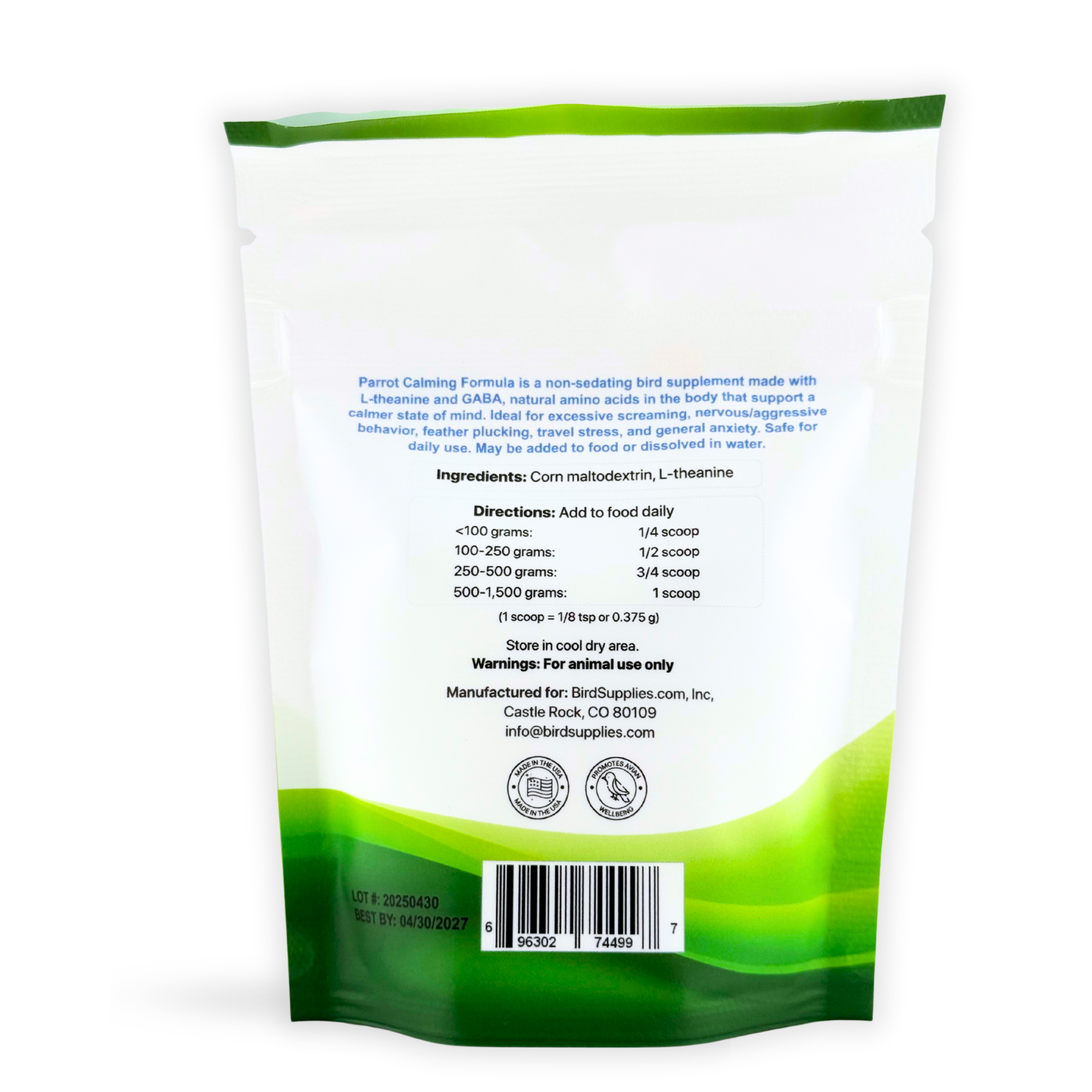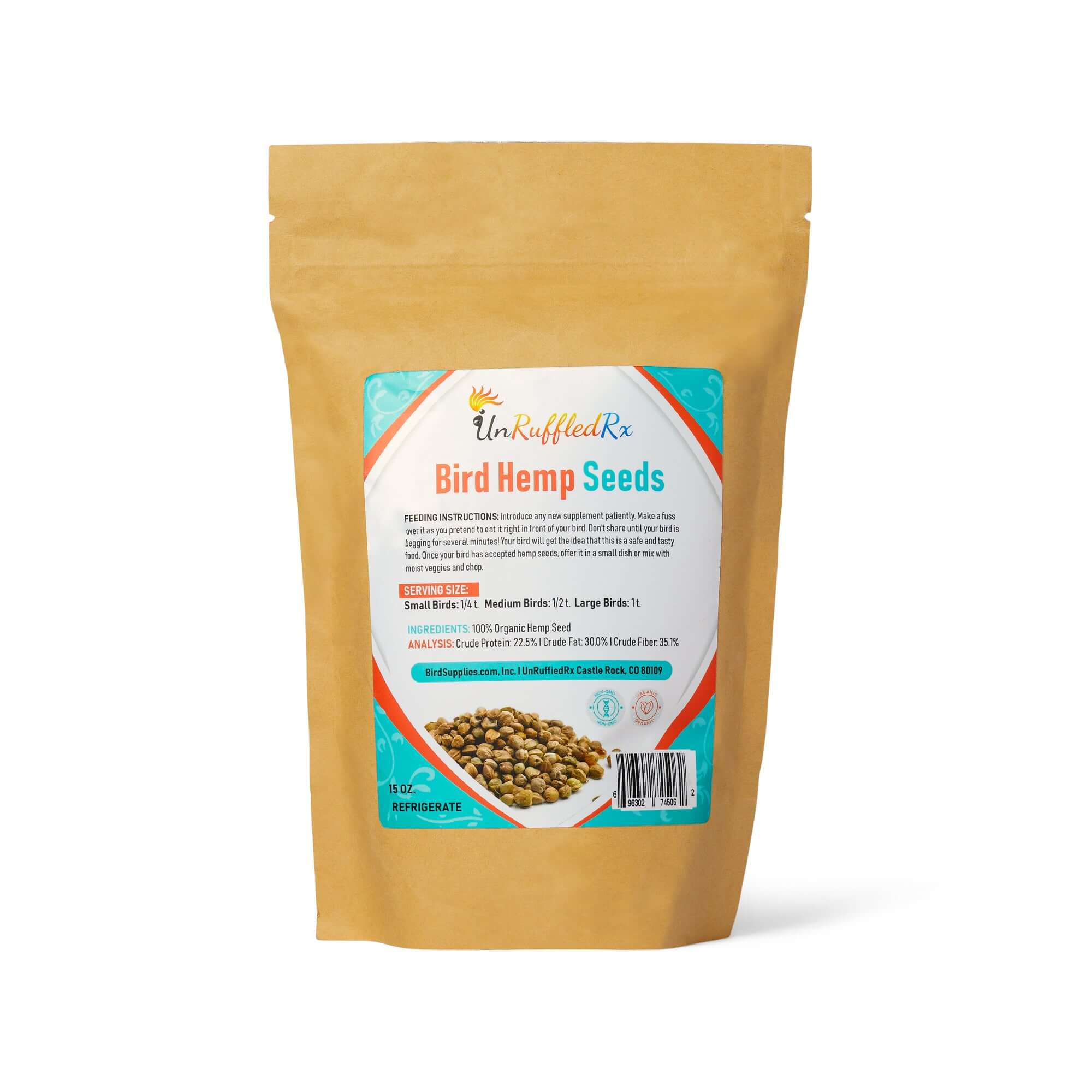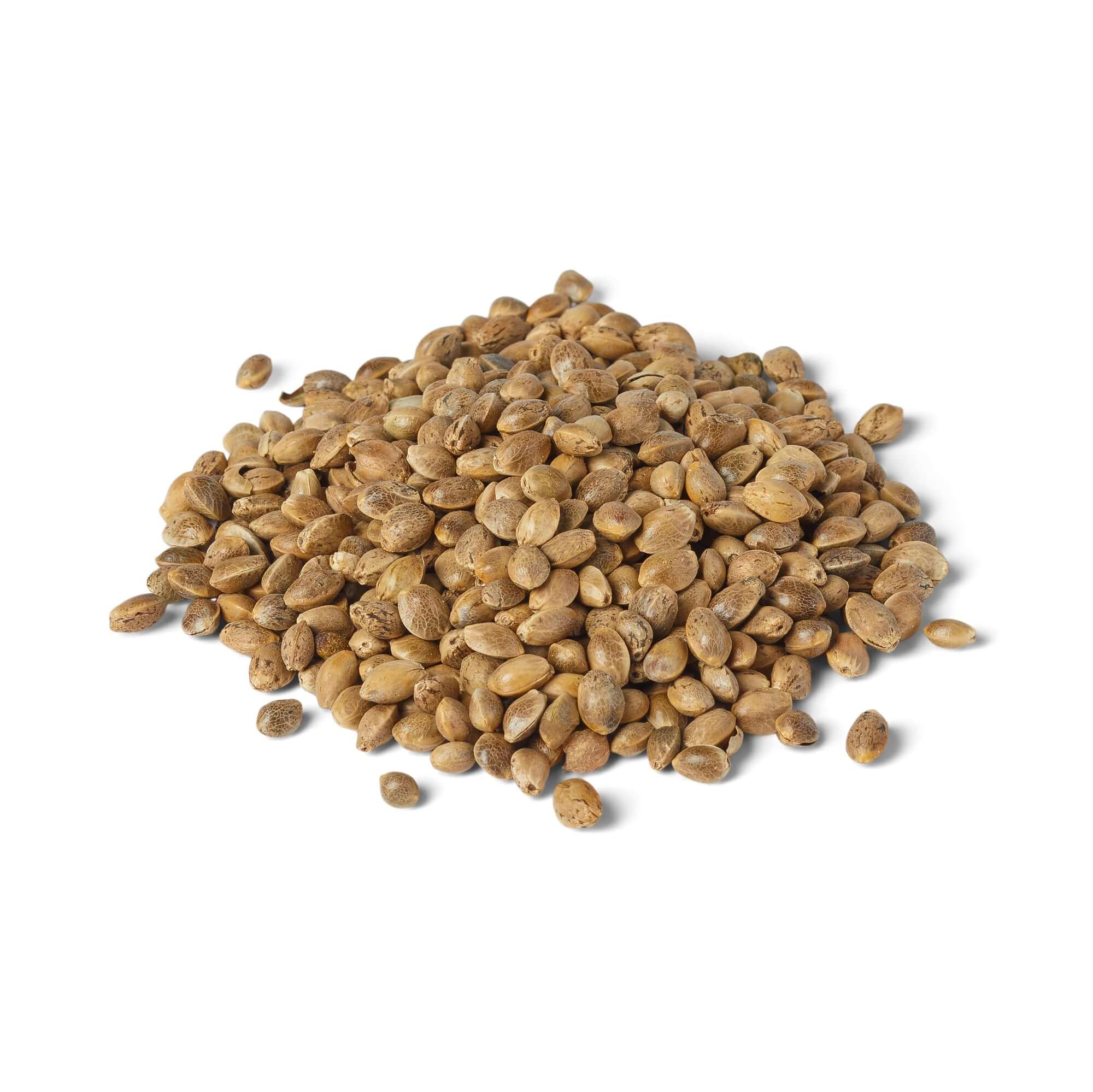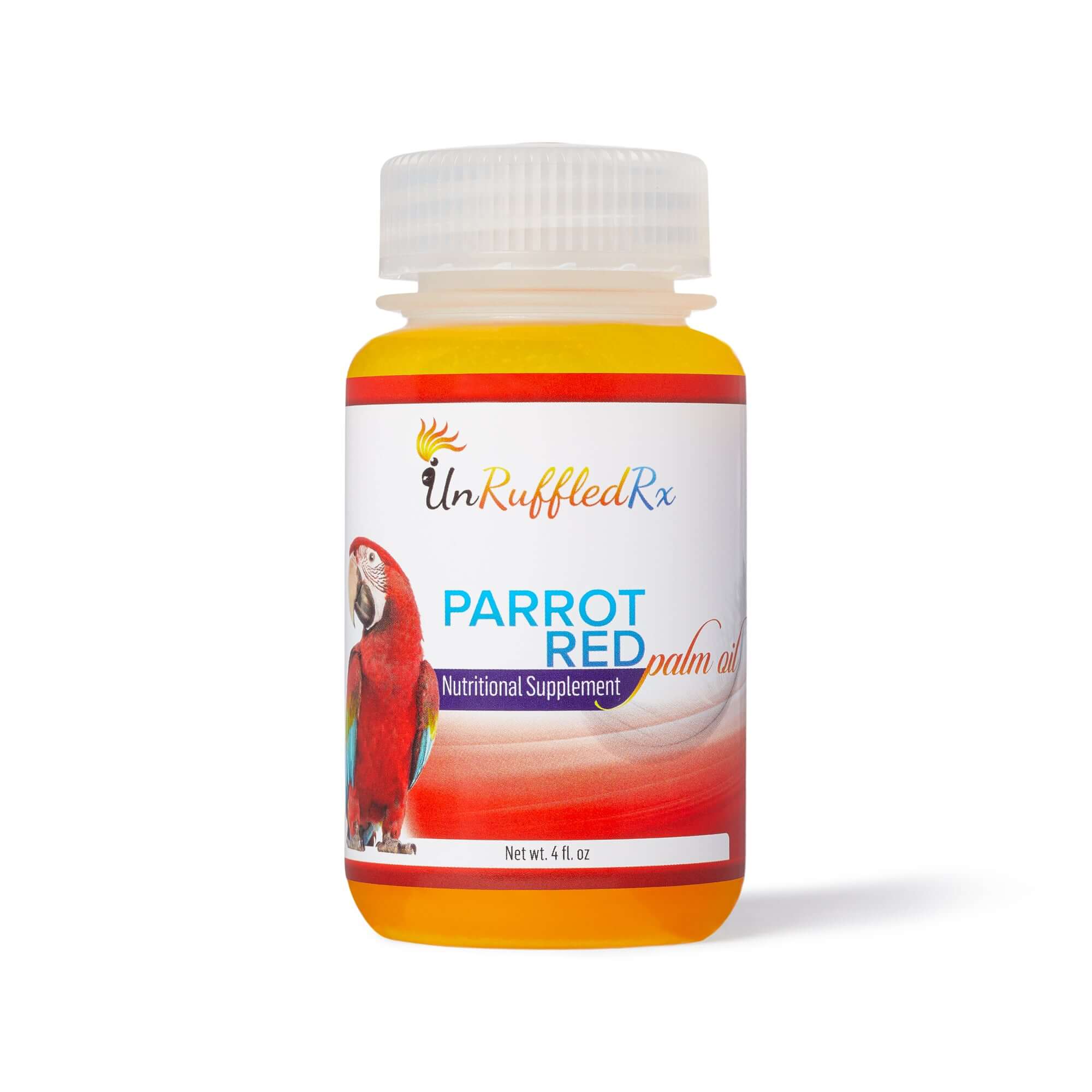Table of Contents
Bird arthritis, or avian arthritis, can be caused by many things and has numerous symptoms. The majority of bird owners don’t even realize that their pet bird has this painful condition until it has already reached an advanced stage and surgery or another invasive treatment becomes necessary to improve mobility.
So how do you know if your feathered friend has bird arthritis? And what causes this disease? This article will tell you everything you need to know about avian arthritis and how to treat it if your bird suffers from this ailment.
What is arthritis in birds and how common is it?
We’re going to dive into what bird arthritis is, how common it is, why birds are particularly susceptible to developing it, and how you can help prevent your feathered friends from becoming another statistic.
What Is Bird Arthritis?: Before we talk about what arthritis in birds actually looks like, let’s take a moment to break down exactly what arthritis means. Essentially, arthritis refers to any inflammation or degeneration of cartilage anywhere in your body. In birds, this would include their neck, back, wings, elbows hips, knees, ankles, and feet. Hips, knees, ankles, and feet are some of the most common locations.
Arthritis is a very common issue among pet birds. There are many different types of arthritis, like septic arthritis and traumatic arthritis. Arthritis causes stiffness and swelling in joints, making it painful to move around and do everyday activities.
How do I know if my bird has arthritis?
Just like in humans, arthritis can cause inflammation of a bird’s joints. It’s usually associated with aging or injury, but some birds suffer from it naturally as well. So how do you know if your bird has arthritis?
Signs of arthritis in a pet bird can be difficult to spot because bird's are masters at hiding their pain, but there are some ways we can better identify if they're experiencing pain. It can be hard to tell if your bird has arthritis by just looking at him.
However, there are some key things you should watch out for if you think your bird may have arthritis. For example,
✓ Birds with arthritis will often stand with their legs spread apart from each other so they can rest their weight on one leg instead of two.
✓ If a bird’s tail hangs limp in the back instead of being upright, that could also indicate that he has arthritis.
✓ Bird's standing on the bottom of the cage may find it too painful to perch
✓ Less activity than usual
✓ Holding one leg up
✓ Foot is warm to the touch
✓ Grip strength in one or both feet is reduced
Veterinarians do a physical examination, CT Scans, and X-rays to diagnose changes to the bone structure. Joints can show signs such as narrowing of the joint space, sclerosis of the subchondral bone, misalignment of the joint, and osteophyte formation. X-rays may show any bony changes. The most common signs are seen in the pet bird's ankle, knee, and foot joints, but other joints may also be affected.

How can I help my bird with arthritis?
Senior pet birds suffer most from arthritis! Think about us humans. Our bones start showing wear and tear around middle age - in our 40's. If you have a Green Cheek Conure who's average life span is 25, you should be on the lookout or arthritis around age 12. For a Timneh African Grey that lives between 40 to 50 years, start looking for the condition around age 20.
So what does this mean? Arthritis doesn't just affect the joints. Skin tissue around the damaged joint also becomes inflamed and painful. In fact, we often don't know what comes first, the damaged joint or the damaged skin tissue. They cause each other.
For example, in arthritis of the feet, concurrent pododermatitis is often present and may be both a cause and result of decreased activity. To reduce the inflammation on their footpads (both from old age and being overweight),
✓ Make sure to clean your pet's cage regularly (keep its base sturdy)
✓ Use a variety of sturdy perches that matches the shape of their feet
✓ Don't trim its wings or do very minor wing trims so they can help the bird balance more easily
✓ Use Vet Tape or moleskin to cushion the perches and provide comfort to the foot pads
✓ Encourage exercise and movement
What pain medicines and supplements are safe for birds?
Unlike human medicine, pain medication for birds are non-steroidal anti-inflammatory drugs (NSAIDs) like meloxicam. There are many factors that play into how severe someone's arthritis is, such as their size, how well they eat, how well they take care of themselves, how injured they were before getting arthritis, and even how old they are.
1. Duralactin A medication recommended for a variety of chronic illnesses in pet birds that has been proven to have minimal side effects. Current recommendations say this medication should be given orally every day to be most effective.
2. NSAIDs are used to provide pain relief while also having an anti-inflammatory effect. However, there are certain risks associated with using NSAIDs such as chronic kidney disease and vomiting. Learn about them here.
3. Consider using nutraceuticals such as glucosamine, chondroitin, msm, vitamin c, and others in the treatment of osteoarthritis. These items should be taken orally. We recommend oral liquids for humans.
4. Omega 3 A good diet always contains essential fatty acids (EFA). Fish such as tuna and sardines are particularly high in Omega-3s. Older birds may not ingest an adequate diet due to change in diet or loss of appetite, or due to decreased absorption due to aging or illness. The Omega-3s EPA (eicosapentaenoic acid) and DHA (docosahexaenoic acid) are important components of cells throughout the body and affect everything from brain health to heart health.
How do you prevent arthritis?
Keeping a bird healthy involves incorporating some lifestyle changes into its daily routine. Owners who suspect their bird is experiencing chronic pain should talk to a veterinarian and explore the following options together:
✓ Altering their diet (adding high quality fats like Omega 3s) to ensure that the diet reflects their natural diet,
✓ Creating plenty of space for their pet to fly around and exploring new territories,
✓ Providing them with new toys and plenty of enrichment.
In order to make these changes, owners should always talk to a vet before changing their pet's routine, who will offer advice on how to implement these tips safely.
In conclusion, this disorder causes pain in birds, just like arthritis does in humans. It can manifest as a result of long-term stress placed on a bird’s bones or by a sudden injury to a joint. Early detection means an increased chance of successful treatment. Be aware of your bird’s behavior; if you suspect that he/she may be suffering from bird arthritis, contact your avian veterinarian immediately!
Related Posts:
5 Important Tips For When Older Birds Start Plucking
How To Tell If Your Bird Is In Pain And What To Do About It
References:
https://www.sciencedirect.com/science/article/pii/S0032579119457349
http://www.tailfeathersnetwork.com/birdinformation/arthritis.php
http://www.tailfeathersnetwork.com/birdinformation/arthritis.php
http://scottsdaleveterinaryclinic.com/wp-content/uploads/sites/5/2016/07/AvianArthritis.doc.pdf
https://www.pets4homes.co.uk/pet-advice/how-to-care-for-a-bird-with-arthritis.html
Watch Dr Paul Bird, rheumatologist,... - Arthritis Australia Facebook.com
https://smarter-reviews.com/lp/sr-glucosamine-chondroitin-top5-bing?tr=ldYEaDZ&msclkid=f3c68c8fec29127a54e2ee957494213e
Diane Burroughs, LCSW is a licensed psychotherapist trained in ABA therapy techniques. She specializes in avian anxiety disorders and is certified in Nutrition For Mental Health. Diane has written a number of bird behavior books and she offers behavior consultations. She's developed a range of UnRuffledRx Science-backed Parrot Wellness Supplies.
Diane's products have been featured in the Journal of Avian Medicine and Surgery and at Exoticscon, a conference for exotic pet veterinarians. Her bird collars & supplements are stocked in avian vet clinics and bird stores throughout the US. With over 30 years in the field of behavior, Diane has created thousands of successful individualized behavior plans that help pets thrive.
TAGS: #BirdArthritis #BirdArthritisTreatment
SHARING IS CARING! PLEASE SHARE ON YOUR FAVORITE SOCIAL MEDIA NOW!





